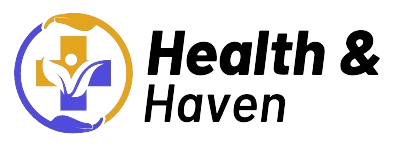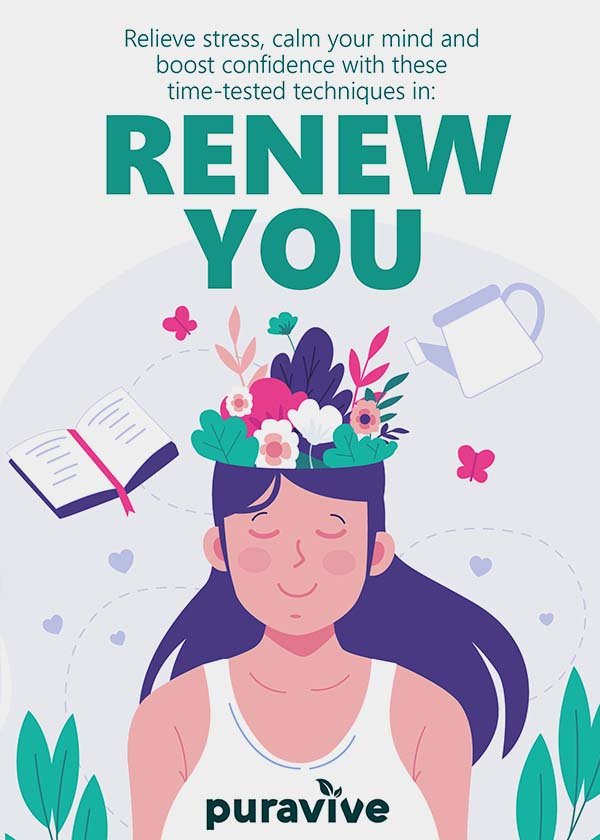Rewrite the
Signs and Symptoms of Porn Addiction
The phrases “porn addiction” and “sex addiction” remain stigmatized in today’s society. 12-step programs — think, AA — are alive and well, and people’s recovery stories about struggles with alcohol and drugs are often openly discussed and praised. And yet, whenever the topics of porn addiction or sex addiction come up in discussion, they are commonly met with silence, discomfort, and even mockery. So, what are some signs for you to recognize that you are “actually” addicted to porn? The similarities are strikingly similar to the criteria for addiction in any other sense of the word:
- You are spending more time watching porn than initially planned
- You are spending more money (if relevant) on porn, webcams, etc. than initially planned
- You find yourself turning to watching porn when presented with stressful or difficult situations (“coping mechanism”)
- You see a correlation (direct or indirect) between your porn usage and your performance at work. Direct might entail watching pornography excessively in the office and/or during working hours or missing deadlines, while indirectly might indirectly might include a feeling of constantly falling behind or being overwhelmed
- You are unable to stop watching porn (either in a single instant or in the longer term), even if you believe that your usage might be problematic
- You are experiencing a lack of interest or an inability to be physically intimate with your partner
- You plan out times and/or seek opportunities to watch porn
- Other “stages” of the addiction cycle, such as preparation/anticipation and ritual-following are taking up longer periods of time — and/or are more thrilling — than the act of watching itself
- You feel senses of guilt, shame, regret, etc. after watching porn
These are just a few of the signs and symptoms that can indicate an addiction to porn. As mentioned, there are generally fewer known resources than for other addictions — if and only if because of the overall stigmatization and resulting hesitation to reach out for help. And think about our collective access to it: For the large majority of us, it is a mere grab-and-click away on our cell phones, which are often attached to us. That might be the equivalent of an alcoholic going to bed with a bottle of whiskey under his/her bed, or a drug addict placing a substance of choice on his/her bedside table. A “weak” moment does not necessitate leaving the homes and taking a trip to the liquor store; it might only require reaching into your pocket.
How Therapy Can Help
The first thing that therapy symbolizes is reaching out for help — aspects of stigmatization and apprehension are gradually shed, as a safe and judgement-free space and relationship is (hopefully) established. By speaking with someone who has had experience dealing with porn addiction, it can be relieving and reassuring to connect: At the very least, one is no longer dealing with this issue in complete secrecy or isolation. A therapist might provide resources such as relevant 12-step programs (e.g. SA, SAA, SLAA, PAA) that will link them with other (anonymous) individuals experiencing similar problems.
A personal approach to therapy dealing primarily with porn addiction is to — after establishing a comfortable and trusting rapport — get a sense of the presenting problem so that therapist and client can collaborate on attainable and short-term, tangible goals with measurable progress. We will often ask the question, “What would progress look like by the time we meet next week?” and immediately follow up on how the week went upon the beginning of the second appointment. While employing various “Band-Aid fixes” (e.g. porn blockers on mobile device, sleeping with phone outside of the bedroom, etc.), therapist and client will dig deeper to find the many roots of the issue — it can be helpful to identify recurring patterns and themes throughout one’s life, especially responses to traumatic events. Clients will commonly have been exposed to porn on the younger side, and turned to it as an initially adaptive coping mechanism after experiencing a traumatic event. Over time, individuals will turn to porn with more frequency, until and after the habit has gotten out-of-control, using some of the criteria listed above.
The preceding article was solely written by the author named above. Any views and opinions expressed are not necessarily shared by GoodTherapy.org. Questions or concerns about the preceding article can be directed to the author or posted as a comment below.
in HTML format to be seo optimized related to this title
Understanding Porn Addiction: Signs, Symptoms and How Therapy Can Help
. Create appropriate headings and subheadings to organize the content. Ensure the rewritten content is approximately 1000 words. Ensure to strip all images from final output i dont need images.At the end of the content, include a “Conclusion” section and a well-formatted “FAQs” section.Ensure there are no additional notes and introductory text in the final output.Final output is gonna publish directly as post content so keep in mind provide only rewritten post content without any introductory text or notes in result and kindly dont explain what you done or what you provided as output of this prompt
Recommended Products:
-

Organic Ashwagandha 2,100 mg – 100 Veggie Capsules Pure Organic Ashwagandha Powder and Root Extract – Stress Relief, Mood Enhancer
$16.95 Buy Now -

Pure Ormus White Gold Powder Monoatomic M-State 24k 99.99% | No Plastic, No Lye, No Dyes, No Fillers | 22 Grams
$33.99 Buy Now -

Krill Oil Omega 3 Supplement, Antarctic Krill Oil 1250 mg with Astaxanthin & Omega 3 Fatty Acid Supplement, High DHA & EPA Concentration for Brain & Joint Health Support, No Fish Burps (60)
$1,999.00 Buy Now




